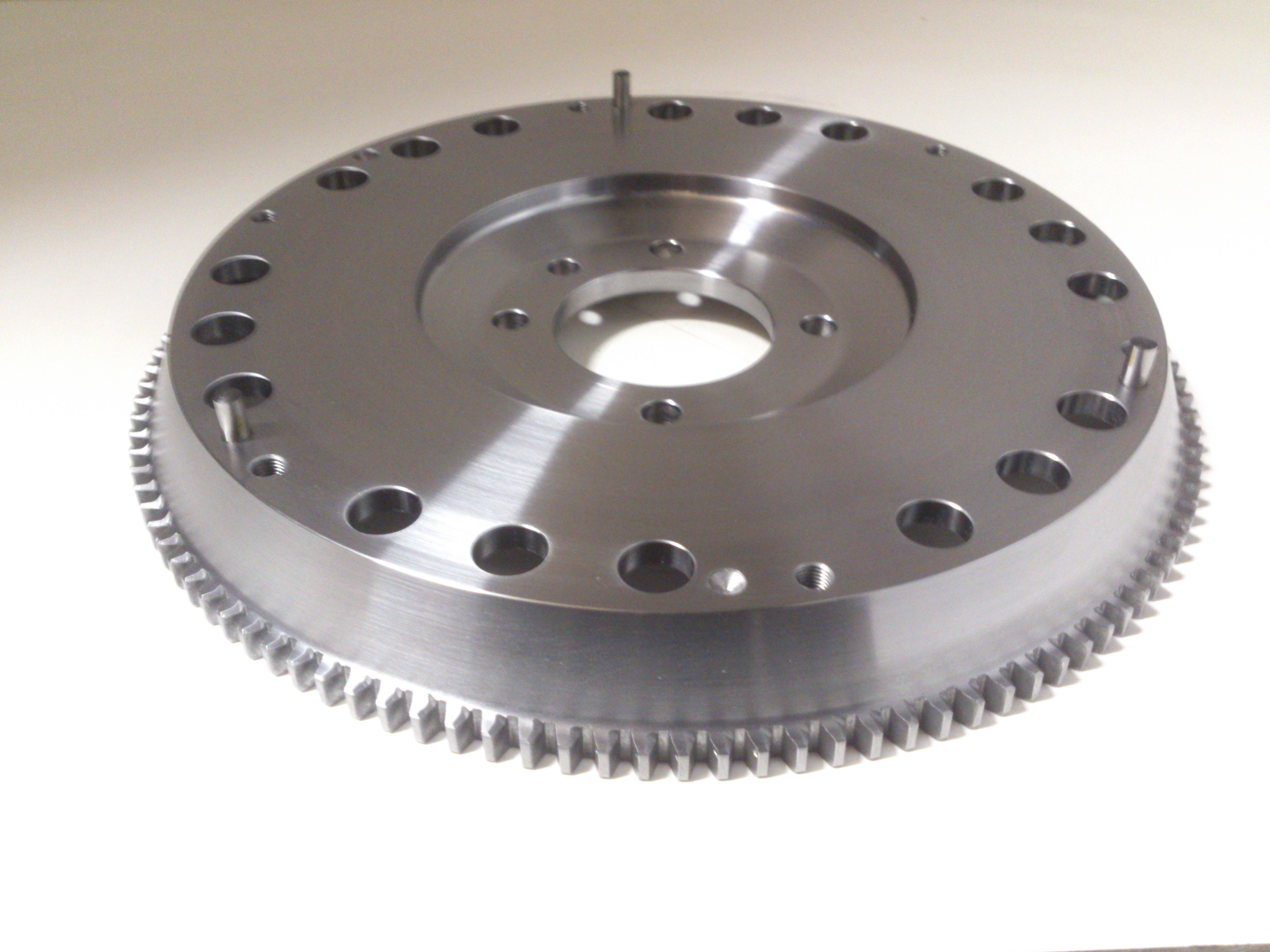jdoclogan
Platinum Level Sponsor
Having a community of Sunbeam enthusiasts, with a strong communication linkage through SAOCA, is an amazing benefit. My recent acquisition of a race prepared alpine engine via this site has proven to be a gain for putting together the Roy Stetina #21 1960s racing Alpine. As the engine came in a rather tired and mistreated body it seemed logical to do a test run and determine if it would be appropriate for the Stetina Alpine. With a bit of battery assistance the engine fired up with its twin Delloroto carbs breathing loud. A quick run and I could feel somewhere around 110 hp. Do a compression check and find 180 +/- 5psi. Remove the intake/exhaust manifold and see intake port and polish work has been done on the head. Pulled the engine via the drop front cross-member technique. (https://www.icloud.com/attachment/?...kekA5_nDKEBe9EkmJg&f=IMG_4333.MOV&sz=35220864).
Attach engine to stand and begin further examination and begin detailing. By doing a bore scope investigation I find prominent cross hatching still present, the fitting of flat top pistons, and larger than stock valves.
Upon removing the transmission I find an unusual lightened flywheel.
 Michael King thought it looked similar to "an oversized timing chain gear." I'm not going to remove the assembly in order to weigh the flywheel as everything may already be balanced and dialed in. However, I'm guessing it has to be well under the stock 20+ lbs.
Michael King thought it looked similar to "an oversized timing chain gear." I'm not going to remove the assembly in order to weigh the flywheel as everything may already be balanced and dialed in. However, I'm guessing it has to be well under the stock 20+ lbs.
Also, there is an oil "water cooler" assembly.
Attach engine to stand and begin further examination and begin detailing. By doing a bore scope investigation I find prominent cross hatching still present, the fitting of flat top pistons, and larger than stock valves.
Upon removing the transmission I find an unusual lightened flywheel.

 Michael King thought it looked similar to "an oversized timing chain gear." I'm not going to remove the assembly in order to weigh the flywheel as everything may already be balanced and dialed in. However, I'm guessing it has to be well under the stock 20+ lbs.
Michael King thought it looked similar to "an oversized timing chain gear." I'm not going to remove the assembly in order to weigh the flywheel as everything may already be balanced and dialed in. However, I'm guessing it has to be well under the stock 20+ lbs. Also, there is an oil "water cooler" assembly.






